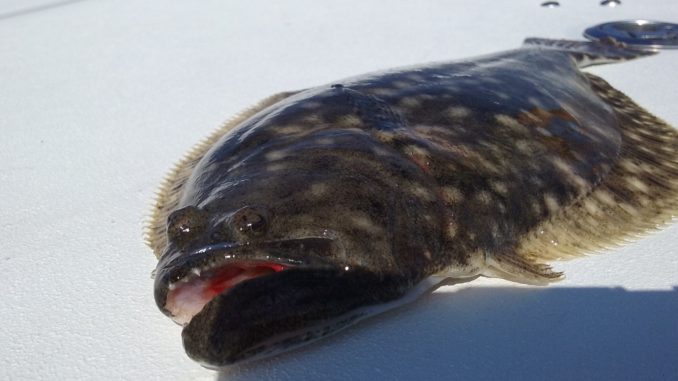
Top fishing times are on either side of a high or low tide, but know the difference
With the water warm and the schools of mullet around, it’s prime time to stack a few doormat flounder in the cooler, according to John Fuss of Holy City Fishing Charters.
“Flounder are a type of fish that you can catch at all times,” said Fuss (803-417-3052), who believes that fishing two hours on either side of a summer tide can be very productive if fishermen learn how to adjust their technique to the tide.
Incoming Tide
“The ideal structure to look for and fish around at high tide is rocks,” said Fuss, who recommends fishing around structures such as sea walls, submerged rocks, pilings, and jetties. “The flounder will be sitting around the structure waiting to ambush schools of mullet when they pass over.”
Fuss recommends using a slip bobber to float finger-sized mullet near the structure.
“Finger mullet will out fish mud minnows 90 percent of the time when flounder fishing,” Fuss said.
Outgoing Tide
When the tide is going out, Fuss changes tactics, targeting structure near feeder creeks where the water will be moving as the tide turns.
“The key is structure; it is your friend,” said Fuss, who will switch to Carolina rigs and split-shot rigs.
He recommends using the smallest amount of weight that you can get away with, and a short, 6- to 8-inch leader to help keep the bait in place. He prefers using 2/0 to 3/0 gold Aberdeen panfish hook when fishing near structures. “They are able to bend if you become snagged on the structure you’re fishing,” he said.
Fuss has a few tips for anglers targeting flounder.
“Don’t get frustrated getting your rig stuck in the rocks, and always have your net close by. If you let a flounder get its head out of the water, it will look you right in eyes and spit your hook,” he said.



Be the first to comment